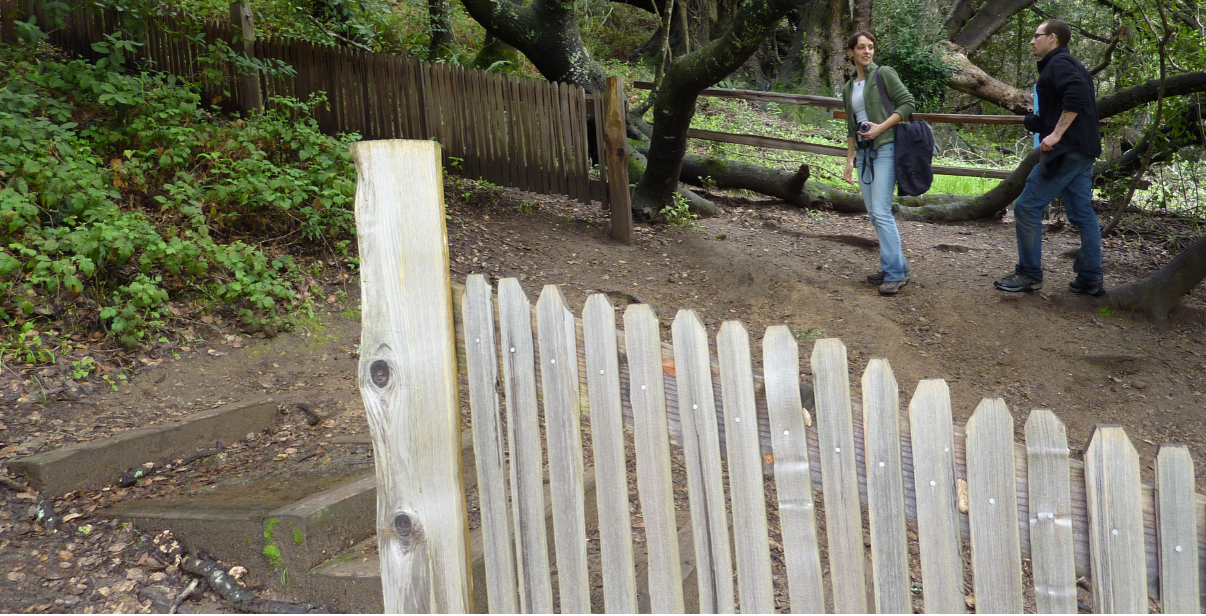Chapter 10 Plate Tectonics
Learning Objectives
After carefully reading this chapter, completing the exercises within it, and answering the questions at the end, you should be able to:
- Discuss some of the early evidence for continental drift and Alfred Wegener’s role in promoting this theory.
- Explain some of the other models that were used early in the 20th century to understand global geological features.
- Describe the numerous geological advances made in the middle part of the 20th century that provided the basis for understanding the mechanisms of plate tectonics and the evidence that plates have moved and lithosphere is created and destroyed.
- List the seven major plates, their extents, and their general directions of motion, and identify the types of boundaries between them.
- Describe the geological processes that take place at divergent and convergent plate boundaries, and explain the existence of transform faults.
- Explain how super-continents form and how they break apart.
- Describe the mechanisms for plate movement.
As we discovered in Chapter 1, plate tectonics is the model or theory that we use to understand how our planet works. More specifically it is a model that explains the origins of continents and oceans, folded rocks and mountain ranges, igneous and metamorphic rocks, earthquakes (Figure 10.0.1) and volcanoes, and continental drift. Plate tectonics was first proposed just over 100 years ago, but did not become an accepted part of geology until about 50 years ago. It took 50 years for this theory to be accepted for a few reasons. First, it was a true revolution in thinking about Earth, and that was difficult for many established geologists to accept. Second, there was a political gulf between the main proponent of the theory Alfred Wegener (from Germany) and the geological establishment of the day, which was mostly centred in Britain and the United States. Third, the evidence and understanding of Earth that would have supported plate tectonic theory simply didn’t exist until the middle of the 20th century.

Media Attributions
- Figure 10.0.1: © Steven Earle. CC BY.
